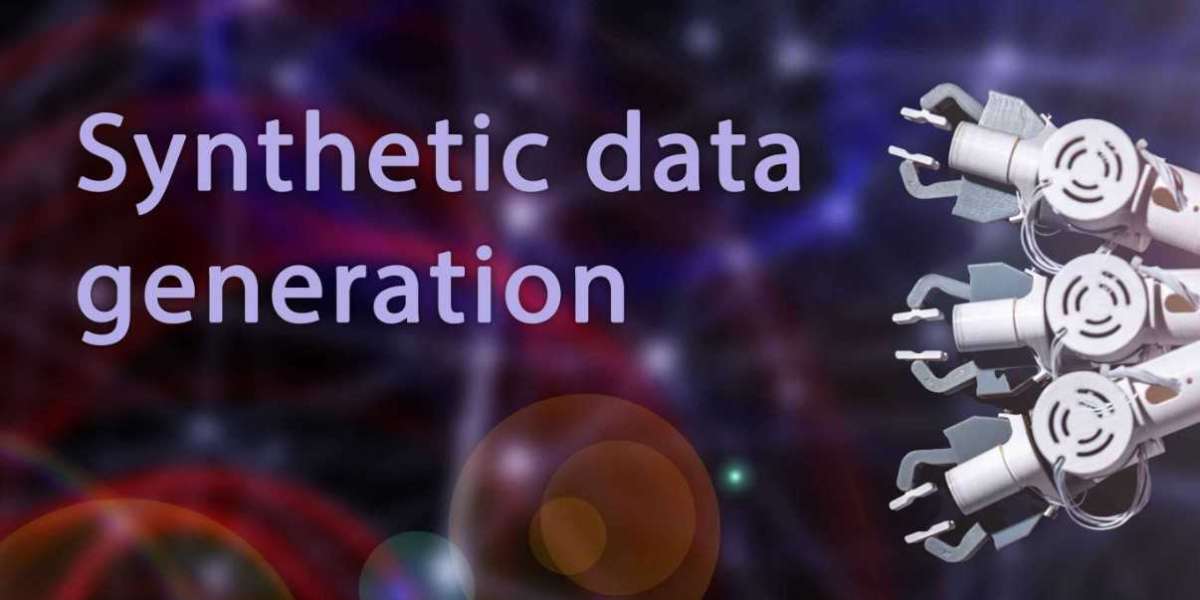In today's data-driven world, the need for high-quality data is more critical than ever. However, acquiring real-world data can often be fraught with challenges such as privacy concerns, data scarcity, and high costs. This is where synthetic data generation comes into play, providing a promising solution for various industries. In this blog post, we’ll explore what synthetic data generation is, its benefits, applications, and the challenges it faces.
What is Synthetic Data Generation?
Synthetic data generation involves creating artificial data that mimics the statistical properties of real-world data. This data can be generated using various techniques, including algorithms, simulations, and machine learning models. The goal is to produce datasets that are representative enough to be useful for training, testing, and validating models without compromising privacy or requiring access to sensitive information.
Benefits of Synthetic Data
Privacy Preservation: One of the most significant advantages of synthetic data is that it can be generated without using real personal data. This helps organizations comply with data protection regulations like GDPR and HIPAA while still leveraging data for analytics and model training.
Cost-Effectiveness: Acquiring, cleaning, and maintaining real-world datasets can be expensive and time-consuming. Synthetic data generation can drastically reduce these costs, enabling organizations to allocate resources more efficiently.
Data Augmentation: Synthetic data can be used to augment existing datasets, especially in scenarios where data is imbalanced. By generating additional examples for underrepresented classes, organizations can improve the performance of their machine learning models.
Scalability: Organizations can easily generate large volumes of synthetic data tailored to specific needs. This scalability is particularly beneficial for companies looking to test systems under various scenarios without the limitations of real data.
Applications of Synthetic Data
Machine Learning and AI: In machine learning, synthetic data is widely used for training algorithms, particularly in areas like computer vision, natural language processing, and predictive analytics. For example, synthetic images can be generated to train facial recognition systems without violating privacy laws.
Healthcare: Synthetic data generation has found a foothold in healthcare research, allowing scientists to create patient data for testing medical devices and algorithms while preserving patient confidentiality.
Finance: Financial institutions can use synthetic data to simulate market conditions, assess risk, and develop trading strategies without exposing sensitive financial data.
Autonomous Vehicles: The automotive industry uses synthetic data to simulate various driving conditions and scenarios, enabling the training of self-driving car algorithms in a safe and controlled environment.
Challenges in Synthetic Data Generation
Despite its advantages, synthetic data generation is not without challenges. Some of the key issues include:
Quality Assurance: Ensuring that synthetic data accurately reflects the characteristics of real-world data is crucial. Poorly generated data can lead to misleading results and ineffective models.
Overfitting: Models trained exclusively on synthetic data may not generalize well to real-world scenarios, leading to overfitting and reduced performance when deployed in actual conditions.
Ethical Considerations: While synthetic data can mitigate privacy concerns, ethical implications regarding the use of generated data must still be considered, especially in sensitive fields like healthcare.
Conclusion
Synthetic data generation holds immense potential for transforming industries by providing a reliable, cost-effective alternative to real-world data. As technology continues to advance, the capabilities and applications of synthetic data will only expand. However, it’s essential for organizations to navigate the challenges and ensure that the synthetic data they generate is of high quality and ethically used.
By embracing synthetic data generation, businesses can unlock new opportunities, drive innovation, and make more informed decisions in an increasingly data-driven landscape. As we look to the future, the role of synthetic data will undoubtedly become more prominent, paving the way for smarter, more efficient systems across various sectors.







